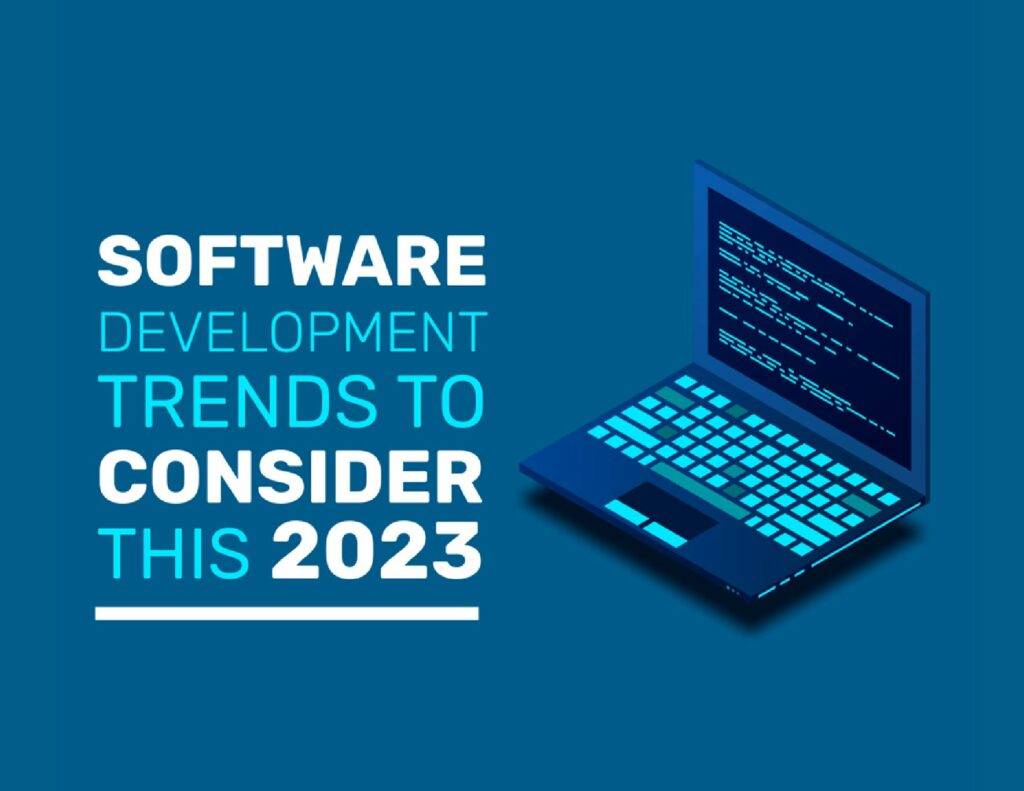Software development remains a cornerstone of the global digital economy, vital for many companies and services. In August 2022, a survey conducted by Remote found that the role of the software developer is considered the most important digital work of the future.
In 2023, several experts have shared their predictions about some key developments the software development sector will see during the year.
AI-assisted programming takes off.
For several years, tools have been available to help write source code using AI. But now we are at a turning point, thanks to last year’s introduction of a new generation of AI-assisted coding tools like GitHub Copilot and Amazon CodeWhisperer.
In 2023, more and more developers are expected to experiment with AI-generated code. However, we’re still not sure that AI-assisted programming will mature to the point where these tools become a daily part of most developers’ workflows by the end of 2023. Still, probably more coders will at least play with the tools and occasionally use them to generate relatively mundane code.
Reduced cryptocurrency and blockchain development
Cryptocurrencies and blockchain technology will remain a major trend, focusing on scalability and platform security. These are related technologies that are transforming the way digital values are handled and transferred. Cryptocurrencies, like Bitcoin, are decentralized digital currencies that use blockchain technology to ensure the security and privacy of transactions.
Blockchain is a distributed registry that allows you to record and verify digital transactions securely and transparently. This technology has wider potential than mere cryptocurrency and is being explored in financial, identity, and supply chain applications.
By 2023, cryptocurrencies and blockchain are expected to continue to evolve and gain adoption in new applications and sectors, according to an article posted by Analytics Insight magazine. In addition, a focus on scalability, privacy, and regulation of cryptocurrencies and blockchain technology is expected.
In short, cryptocurrencies and blockchain are major programming trends for 2023, focusing on adoption, innovation, and regulation in financial applications.
Low-Code programming becomes less commented
Like the hype surrounding cryptocurrencies, the energy surrounding low-code programming will likely hold for the current year. This is not because low-code programming will disappear. It has existed for a long time, and there are still good reasons to take advantage of low-code solutions today.
But it is possible that, in general, more developers recognize the limitations of low-code tools. Low-code presents some unique security challenges, for example, and does not always produce the best-performing or most cost-effective applications.
If you already use low-code platforms, you’ll probably continue to do so in 2023. But low-code adoption will slow as developers realize that low-code has limits.
Monoliths are moved to containers
Remember when developers faced pressure to refactor their app code so it could run as microservices inside containers? Those days are over. Most applications that are good candidates for refactoring have already been refactored.
At the same time, however, developers continue to face pressures to migrate applications to platforms like Kubernetes and make applications more independent of the environment. To do those things, they need to run apps inside containers.
For both reasons, it is expected to see an increase in the number of monolithic applications running inside containers. Although containers are most often associated with microservices, there is no reason you cannot run a complete monolithic application within a container. Doing so has advantages, such as reducing the number of external environment dependencies you must be concerned about when the application is implemented.
Microservice development takes over
Microservice development will continue to gain popularity, focusing on flexibility, scalability, and the ability to integrate with other technologies.
Microservices are a software architecture approach that allows developers to divide an application into small independent services that can be independently developed, deployed, and scaled.
This approach has gained popularity due to its ability to improve the speed and flexibility of software development and facilitate cloud application deployment and scalability.
By 2023, microservices development is expected to continue to be a significant programming trend, focusing on integrating emerging technologies such as cloud and artificial intelligence. In addition, a focus on security and monitoring in microservices development is expected. In short, microservice development is a significant programming trend for 2023, focusing on integration with emerging technologies, security, and scalability.



